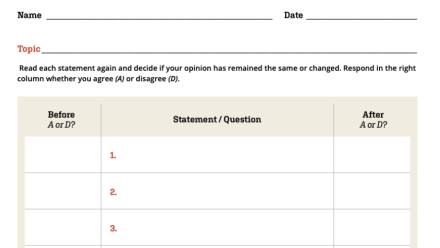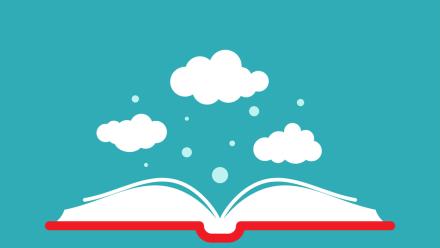Overview
The middle and high school shift from child to teenager is fraught with changing hormones and academic expectations, as well as shifting social circles. Friendships are often intense at this age — emotionally intimate and often all consuming. Given its prominence in tween and teen development, it should come as no surprise that friendship has been a common literary theme for Middle Grade and Young Adult literature for a long time. What constitutes a friendship? How do they develop, evolve, and sometimes end? How can friendships drive us to be the best and worst version of ourselves? These are all ideas you and your students can delve into within this text set.
Conversation Starters
Below are questions that can be used with your whole class or within small groups of students to get them thinking about what they know, sharing their personal experiences, and listening to other perspectives. Since these questions may elicit positive and negative emotions, as well as very personal stories, you should first establish parameters for discussions and sharing within your class community.
1. Think about one of your friends (past or present). Why are they important to you?
2. Is friendship just a human experience or can other animals experience friendships as well?
3. What qualities do you look for in a friend?
4. Why do some friendships change or end?
Quotes to Prompt Discussions and Writing
Quotes are a great way to let students make personal connections between their lives and the world around them. Asking students to agree or disagree with a quote and explain their reasoning is a powerful and easy way for students to evaluate what they know and think about a topic. Quotes can act as a basis for whole-class and small-group conversations as well as writing prompts before, during, and after reading. Here are a few to get you started.

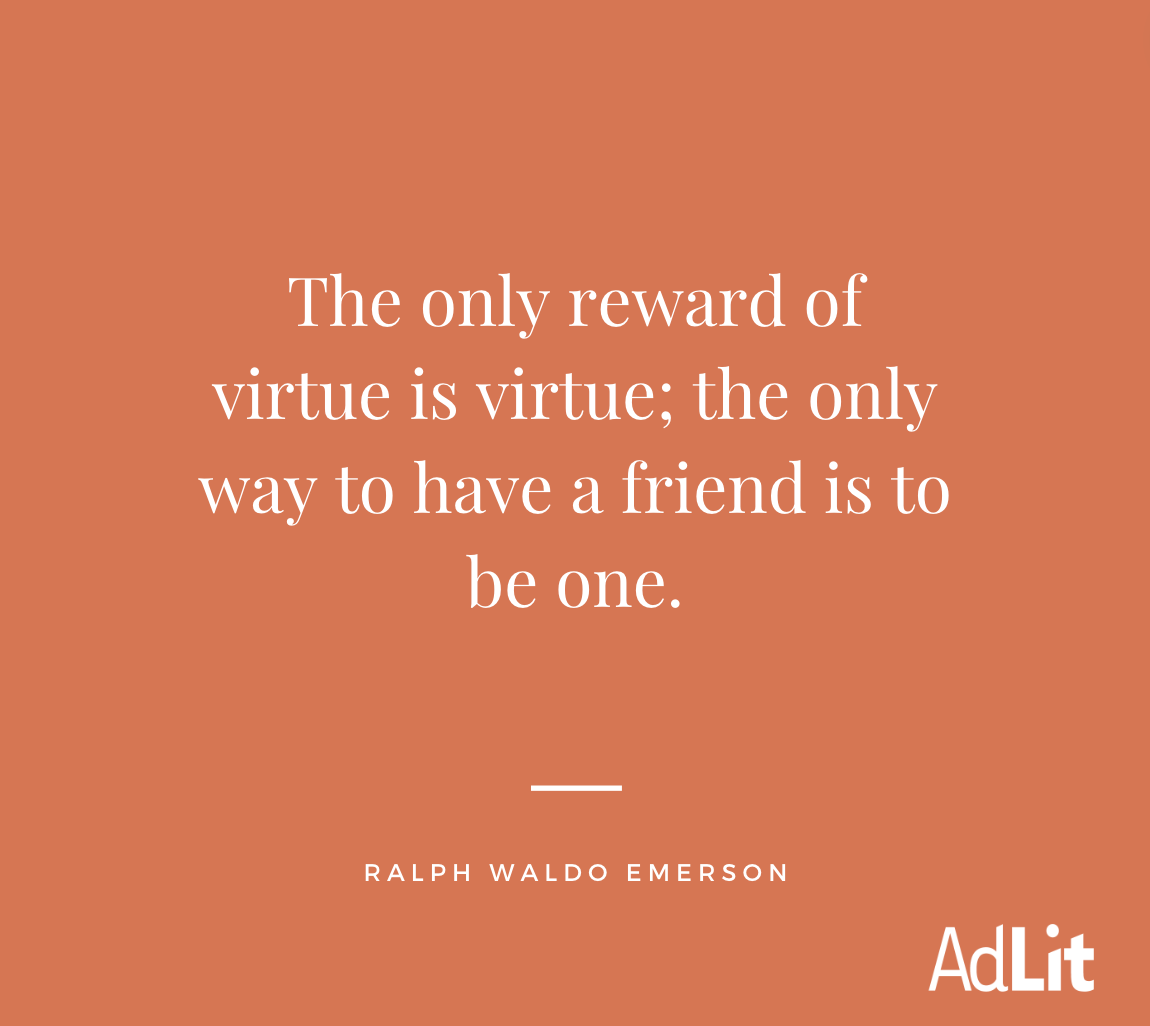
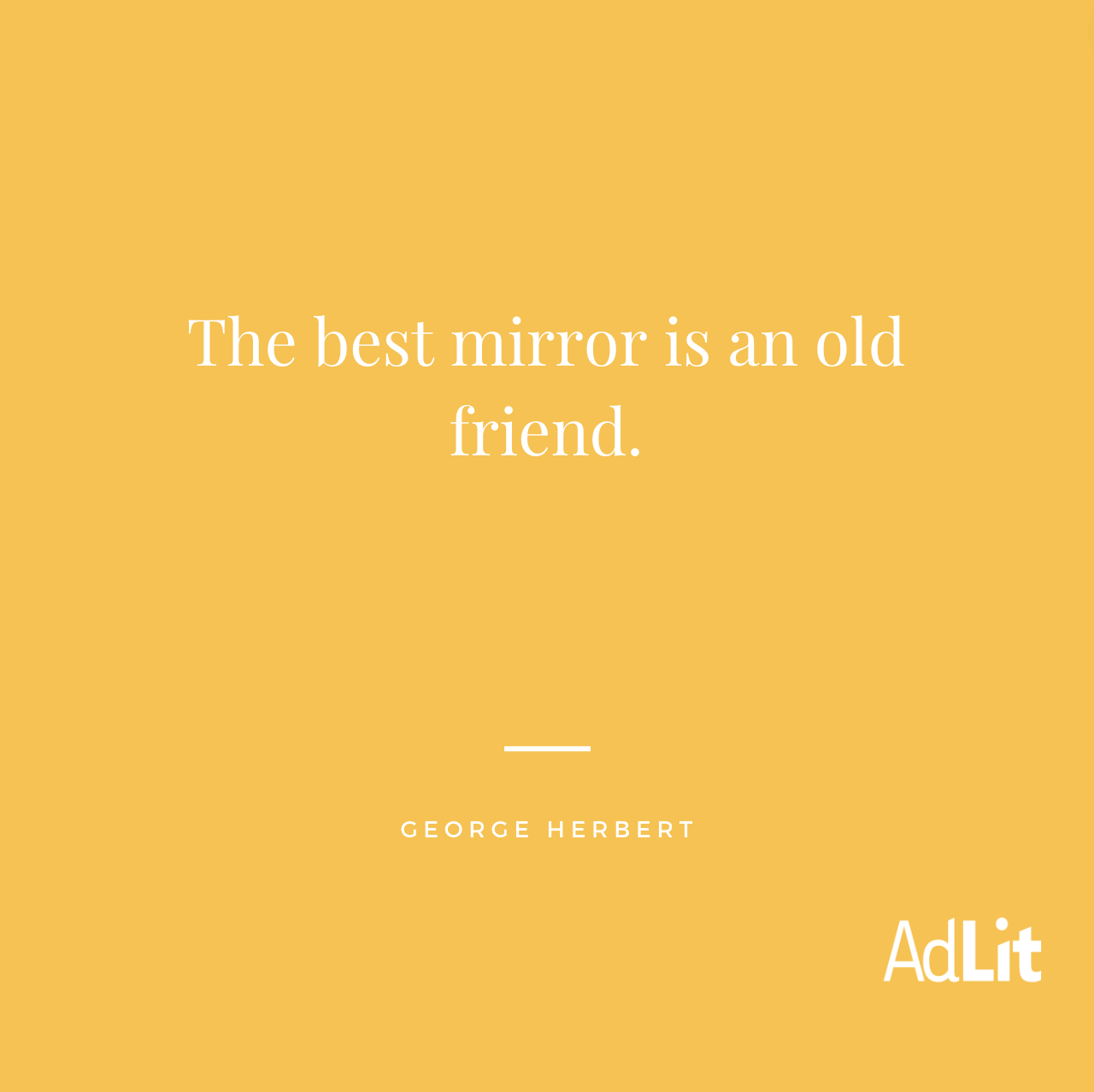
Musical Connections
Stevie Wonder once said, “Music is a world within itself, with a language we all understand.” Music has the power to connect with students’ deep emotions and transform their ideas. Students can listen and respond to written prompts or share their ideas in small groups.
There are literally thousands of songs about friendships. We have chosen a few to help your students reflect on the idea of friendship, their personal experiences, and universal truths. Each song is linked to www.songfacts.com where you can learn more about the artists and development of each song as well as read the song lyrics.
Anchor Texts
Historically, secondary students have often been asked to read one anchor text or class novel. We encourage you to consider letting students choose between multiple texts that are connected thematically. Students can discuss their chosen texts in literature circles or book clubs while also building a shared understanding of larger themes and ideas across texts through whole-class share-outs and discussions.
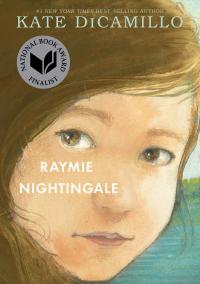
Raymie Nightingale
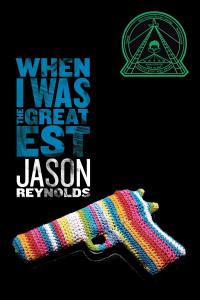
When I Was the Greatest
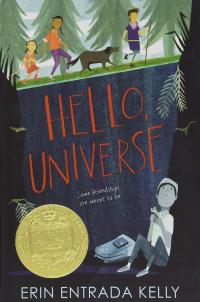
Hello, Universe
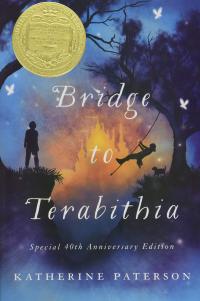
Bridge to Terabithia
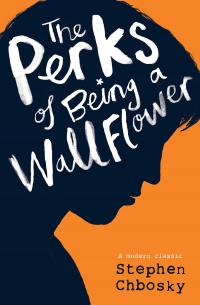
Perks of Being a Wallflower

Harbor Me

Booked
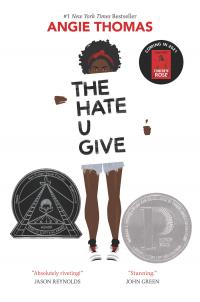
The Hate U Give
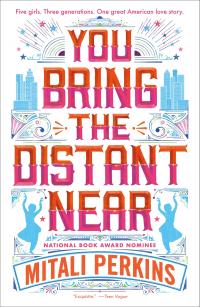
You Bring the Distant Near
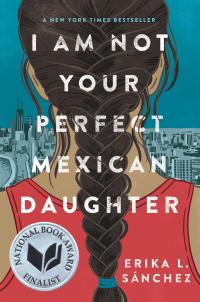
I Am Not Your Perfect Mexican Daughter
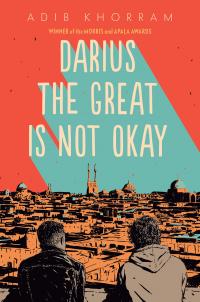
Darius the Great Is Not Okay

The Bridge Home
Additional Texts and Resources
Deepen and extend your students’ understanding of friendships through their engagement with additional texts and multimedia resources. They can be powerful anchors for small-group or paired discussions.
Supports for Recording and Developing Students' Ideas
Comprehension
Anticipation Guides
Writing
RAFT Writing
Comprehension
Directed Reading Thinking Activity (DRTA)
Writing Prompts & Wrap-ups
Below are questions that can be used with your whole class or within small groups of students to have them make larger connections between the resources you utilized. Students should use two or more resources when developing their responses.
1. How did characters’ friendships evolve throughout the stories you read?
2. Were you surprised by any of the the friendships that developed between characters in the stories you read? If so, explain why they were unexpected friendships.
3. What did you learn about friendship across the materials you read, listened to, and watched? How did they parallel or diverge from your own friendships?











